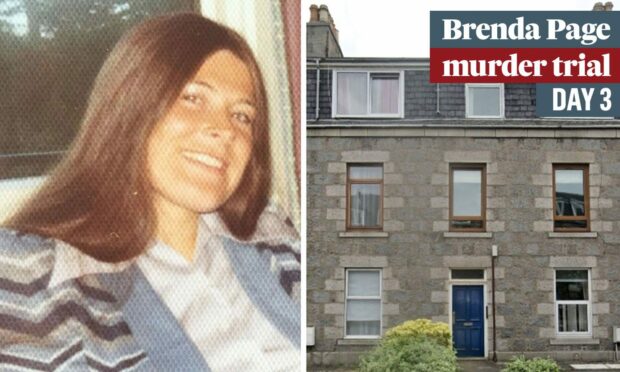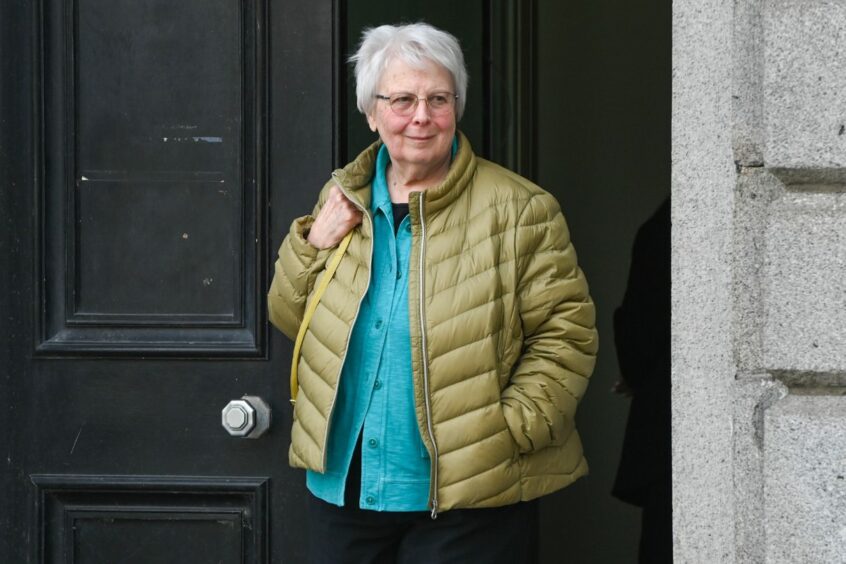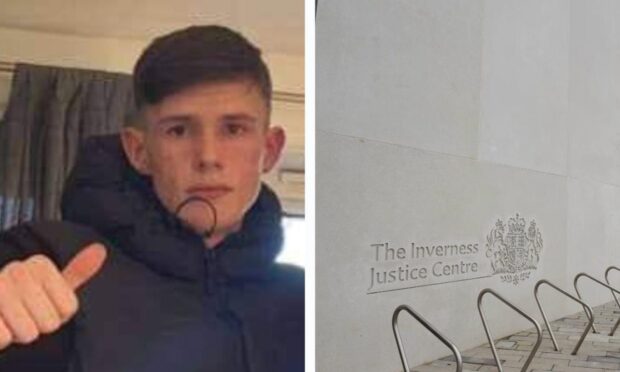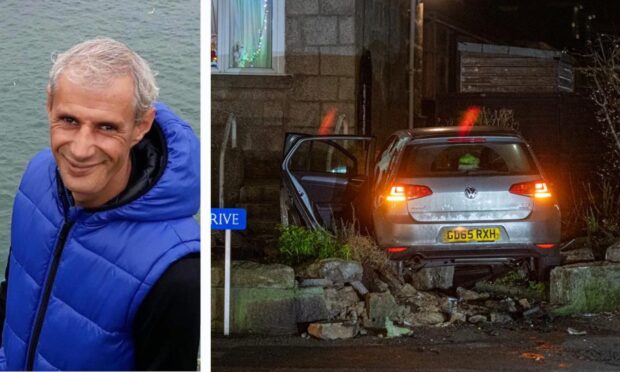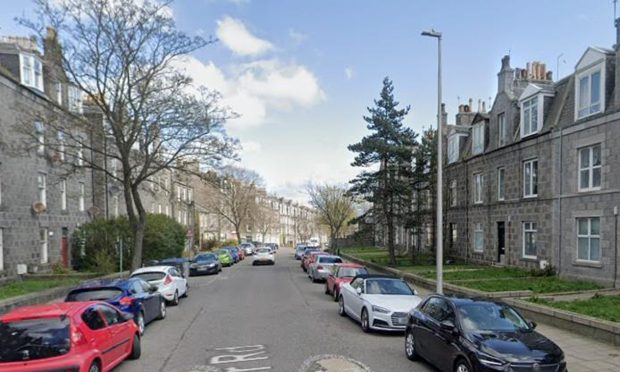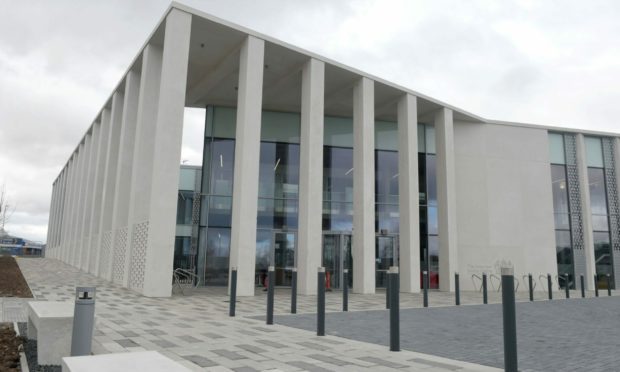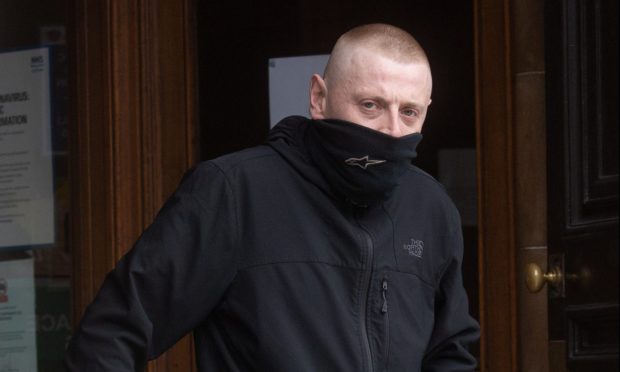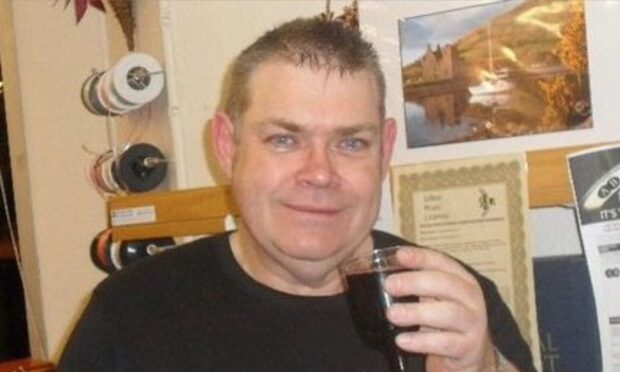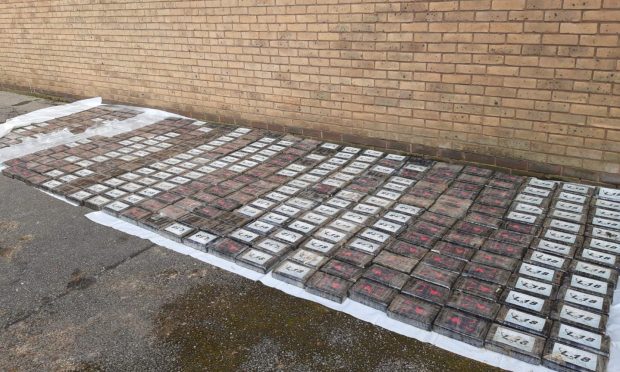Jurors in the Brenda Page murder trial were shown a picture of the scientist’s blood-stained bed sheets recovered by police from her Aberdeen flat.
Former police sergeant Eric Grant described the grizzly scene he discovered upon arriving at Allan Street, Aberdeen, on the afternoon of July 14 1978.
He found Dr Page, 32, “laying face-up” across her bed and “obviously dead”.
The 67-year-old retired policeman told the High Court in Aberdeen that the geneticist had “suffered head injuries and a violent death”.
Her ex-husband – Christopher Harrisson, 82 – has denied killing Brenda more than four decades ago.
David Narro, a friend of the victim, also told the court that she had made him promise to tell the police that, even if her potential death “may look like suicide, it wasn’t”.
“I said, don’t be ridiculous, that’s not going to happen,” the 70-year-old told prosecuting advocate depute Alex Prentice KC.
“She was adamant that I promised I would do so. She was very concerned that he may injure her or indeed kill her. She was calm but very forceful – she wouldn’t let me not promise.”
Brenda Page returned to her Aberdeen flat on Allan Street on the early morning of July 14 1978 when she was repeatedly struck on the head, face and body 20 times with a blunt implement.
Her battered body was discovered sprawled across her bed days later by her neighbour.
Harrison’s defence advocate Brian McConnachie KC has entered a special defence of alibi on behalf of his client, claiming her divorced husband was at his home when the alleged murder took place.
‘Physically aggressive’
The court also heard evidence from another friend, Anne Lemon, that Brenda Page had told her she had “ran to the police station” on Mid Stocket Road, Aberdeen, to escape Harrisson after he had been “physically aggressive to her”.
“She was very frightened. She was worried that, if she went back to the house, he would kill her,” she said.
The 81-year-old also claimed Harrisson (also known as ‘Kit’) was aware that Dr Page had begun doing additional work at an escort agency.
“He obviously knew that she was keeping the company of other men as he referred to it as her ‘whoring’,” she said.
It was also stated by a former friend and Aberdeen University colleague of Harrisson that the biochemist had knowledge of how to remove window panes a year before Brenda’s death.
Professor Ian Booth told the court he had shown Harrisson how to remove a window “bit-by-bit” on one occasion, when had been locked out of his house on Mile End Place, Aberdeen.
The 72-year-old said he shared this with police, following the murder, after claims Brenda’s killer had entered through a back window.
‘Rumour assailant gained entry to property by removing glass panes’
“I had heard a rumour that the assailant had gained entry to her property by removing the panes of glass,” he said.
“I thought what I knew was relevant to the murder investigation.”
However, Mr McConnachie KC challenged Prof Booth’s claim that he had shown Harrisson how to remove windows, in either the winter of 1976 or 77.
“Could it have been earlier in 1976?” he asked.
“No. Our relationship with Kit only developed after the summer of 1976,” he replied.
The trial, before judge Lord Richardson, continues.
For all the latest court cases in Aberdeen as well as crime and breaking incidents, join our Facebook group.
